01:29
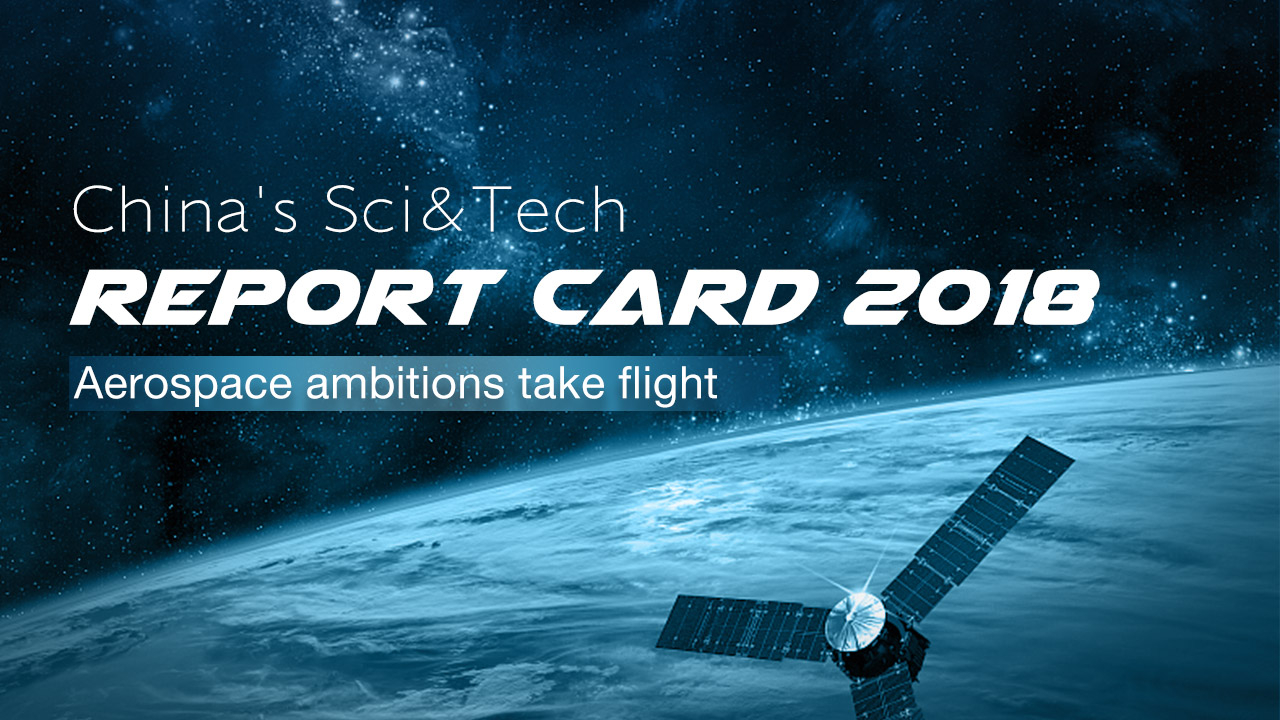
2018 has proven to be another eventful year for China in the field of aerospace, along with a path combining self-reliant technologies and collaborative attitudes.
China has conducted 36 space missions in 2018, accounting for over one-third of the world's total.
The country has also achieved other groundbreaking strides globally, including maiden flights of aircraft and the successful launch of Chang'e-4 probe.
New aircraft
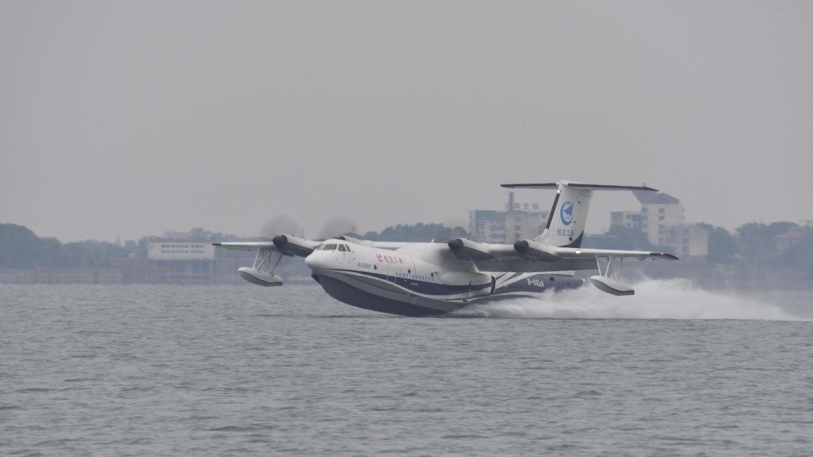
China's independently developed large amphibious aircraft AG600. /VCG Photo
China's independently developed large amphibious aircraft AG600. /VCG Photo
China's independently-developed large amphibious aircraft AG600 conducted its first water surface test flight on October 20 in Jingmen, central China's Hubei Province.
As the world's largest amphibious aircraft, AG600, codenamed Kunlong, is the third member of China's "large aircraft family" following the development of the Y-20 freighter and C919 jetliner.
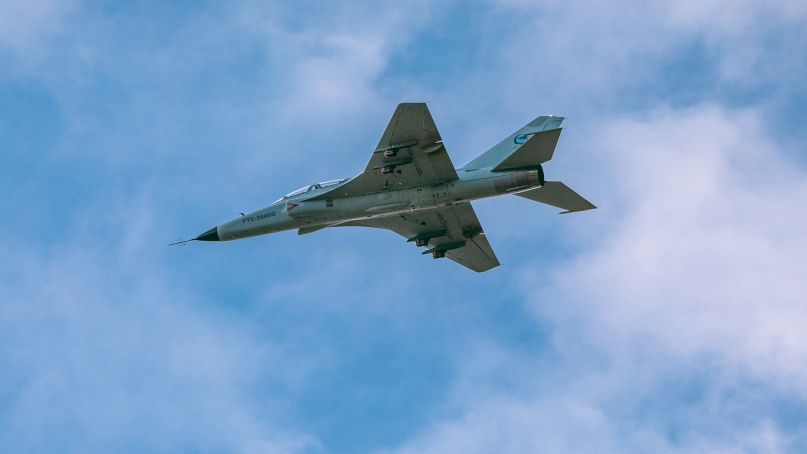
The multifunctional military aircraft FTC-2000G /VCG Photo
The multifunctional military aircraft FTC-2000G /VCG Photo
The FTC-2000G, another home-developed, multi-functional aircraft that conducted its maiden flight on September 28 in Anshun, southwestern Guizhou Province.
The versatile aircraft, the latest derivative of the Guizhou JL-9 supersonic advanced jet trainer, can be used for attacking and combat, as well as daily training. In addition, it has a strong capability for functional expansion. With additional equipment, the plane can perform reconnaissance, electronic warfare and other tasks.
Private commercial spaceflight takes new steps
After years of experience, China's private commercial space industry has gradually expanded from the previous development of small satellites to carrier rockets, showing a strong momentum.
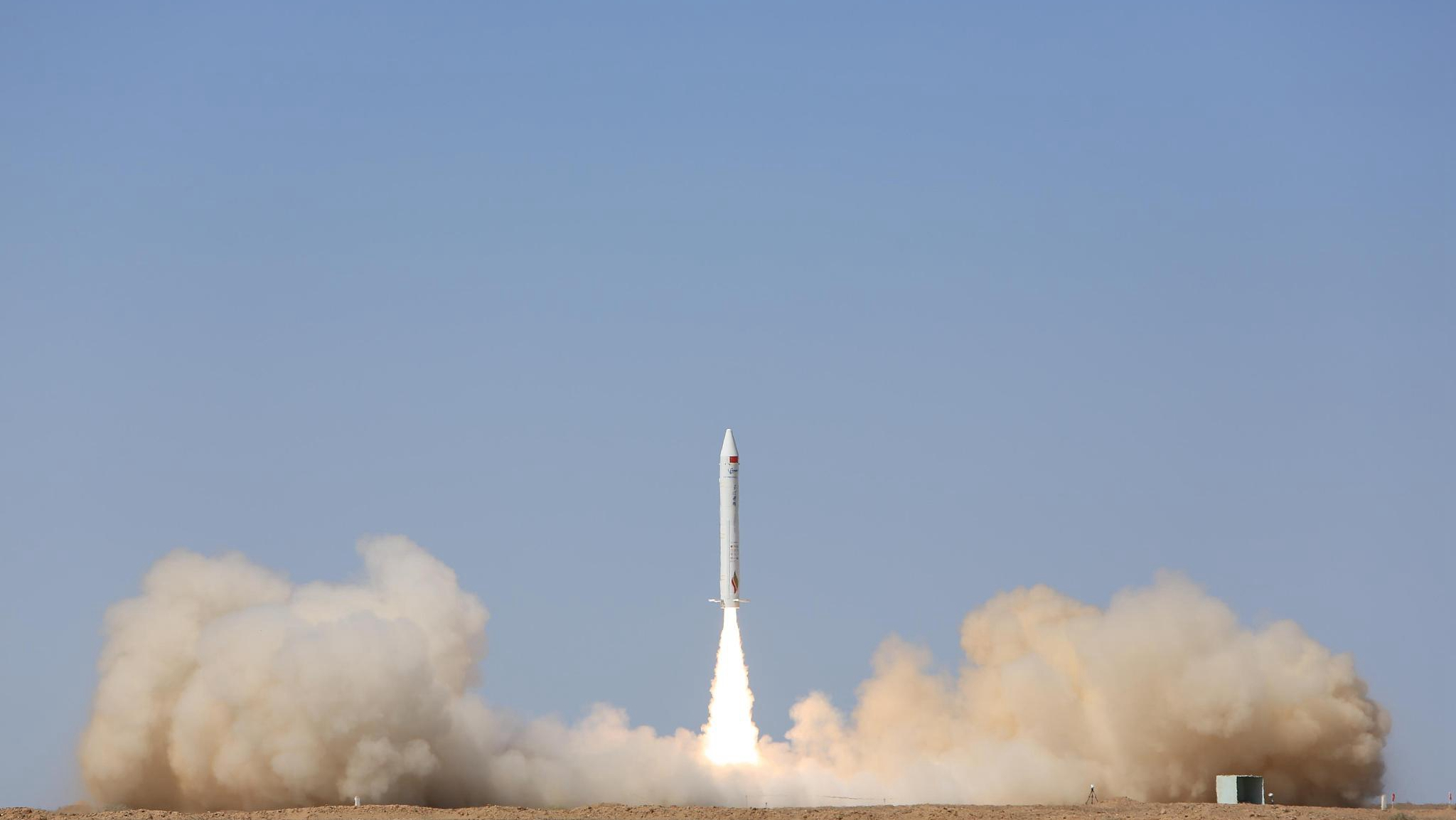
Hyperbola-1S, the first rocket developed by the Beijing-based i-Space company and the first of its kind in China, was launched successfully on April 5, in south China's Hainan Province. /VCG Photo
Hyperbola-1S, the first rocket developed by the Beijing-based i-Space company and the first of its kind in China, was launched successfully on April 5, in south China's Hainan Province. /VCG Photo
With a total length of 8.4 meters and a weight of 4.6 tons, the Hyperbola-1S rocket can reach a maximum flight speed of 1200 meters per second and a maximum flight altitude of about 108 kilometers.
Its flight test has verified a range of vital technologies for commercial spaceflight and also proven the capabilities of a Chinese start-up in rocket research and development.
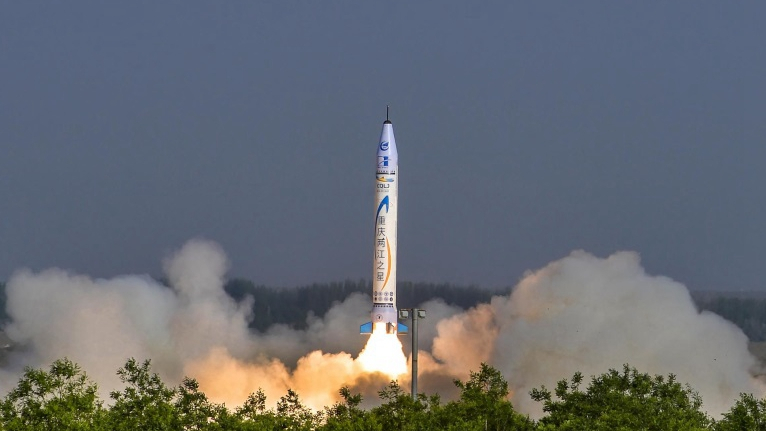
The commercial rocket "Chongqing Liangjiang Star." /VCG Photo
The commercial rocket "Chongqing Liangjiang Star." /VCG Photo
OneSpace, China's first private company with a license to develop carrier rockets, launched its first self-developed commercial rocket Chongqing Liangjiang Star on May 17.
The nine-meter-long, 7,200-kg rocket reached a maximum altitude of 38.7 kilometers and a top speed of more than 5.7 times the speed of sound.
Intensive satellite launches
China has sent 19 BeiDou-3 satellites into space with the latest two launched on November 19, marking the completion of the basic system for global networking to provide services for countries of the Belt and Road Initiative.
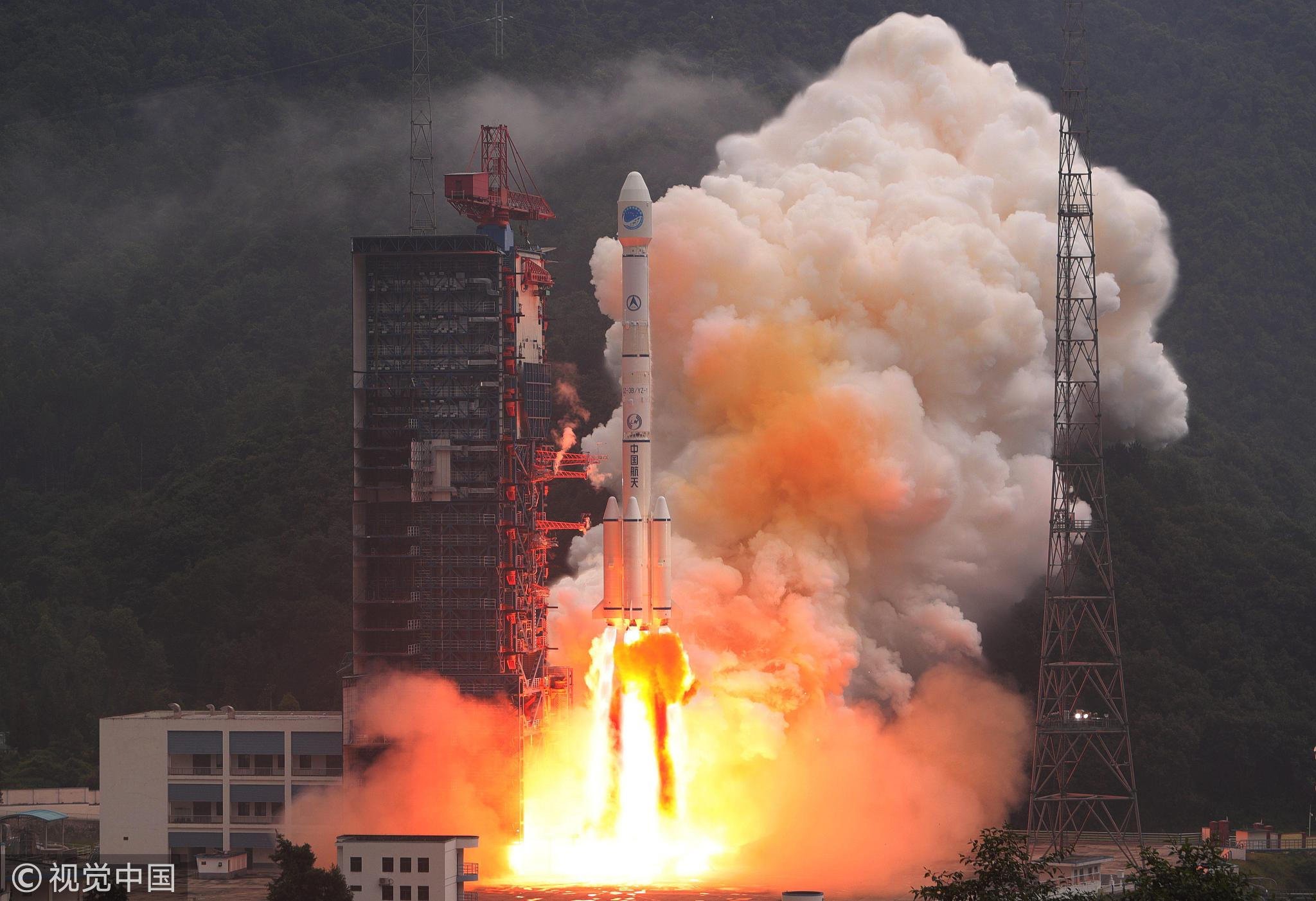
China's Beidou-3 project was started in 2009 and its first satellite was launched in November. /VCG Photo
China's Beidou-3 project was started in 2009 and its first satellite was launched in November. /VCG Photo
Named after the Chinese term for the Big Dipper, the BeiDou system will be the fourth global satellite navigation system after America's GPS system, Russia's GLONASS and the European Union's Galileo.
Other satellites featuring functions of environment detection, remote sensing and Earth observation have also been sent into space this year.
International cooperation expands to new depths
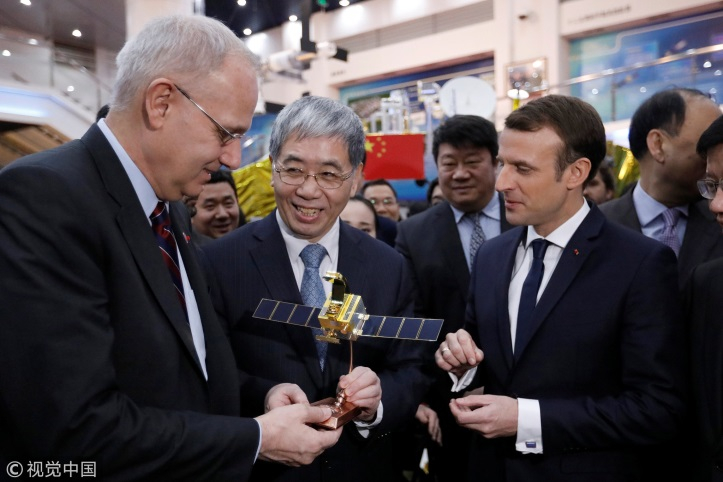
French President Emmanuel Macron (R) and Jean-Yves Le Gall (L), president of the Centre National d'Etudes Spatiales (CNES) each receive a scale model of the China-France Oceanographic Satellite during a visit to the China Academy of Space Technology in Beijing January 10, 2018. /VCG Photo
French President Emmanuel Macron (R) and Jean-Yves Le Gall (L), president of the Centre National d'Etudes Spatiales (CNES) each receive a scale model of the China-France Oceanographic Satellite during a visit to the China Academy of Space Technology in Beijing January 10, 2018. /VCG Photo
China's space development also sees a deeper collaboration with other countries.
France has stepped up efforts with China to fight climate change with the jointly-developed oceanographic satellite successfully launched on October 29.
It is the first time in the world that a satellite will monitor ocean surface winds and waves at the same time. It's also the first time both French and Chinese radar instruments will be applied together in one project.
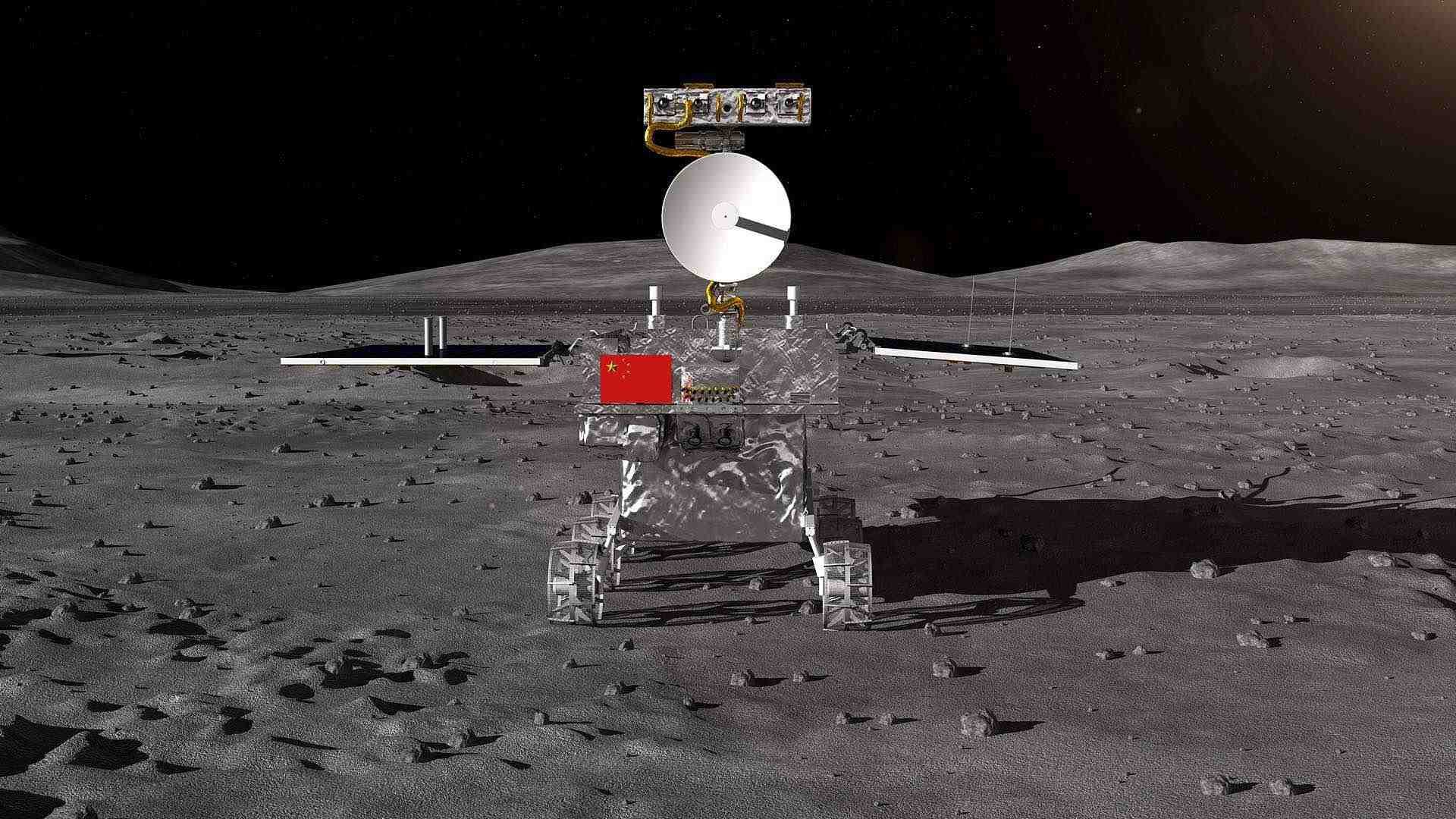
The simulation of the rover on the Moon /VCG Photo
The simulation of the rover on the Moon /VCG Photo
The groundbreaking Chang'4-e lunar probe, with four major payloads jointly developed by scientists from the Netherlands, Germany, Sweden, Saudi Arabia and China, is seen as another example showcasing the wider collaboration.
The probe will conduct the first-ever soft-landing on the far side of the Moon to discover never-touched places.









